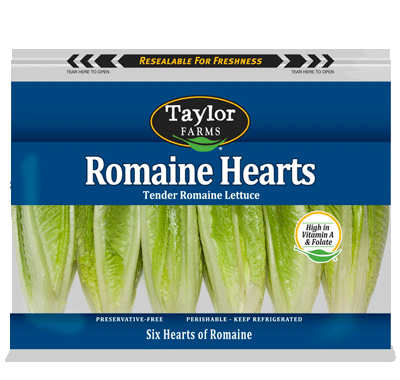

In Texas, the seeds are usually planted in a sunny location between late September and October. While Romaine matures in roughly 70 to 75 days, it tends to bolt slower than other lettuce varieties. That’s why there is no wonder why this lettuce is favored by many Texan growers. Romaine is a heat-tolerant, easy to grow annual plant. Romaine Lettuce Production & Farming in Texas You’ll also get the chance to know more about the other lettuces that might suit your needs! Here, the products are usually organic and you’ll be able to meet and help your community. As always, lettuce from farmers’ markets are better than the ones in stores.Not to mention that they’re kinder to the planet too. Organic ones might not be as perfectly shaped as the conventional or GMO ones, but they’re sweeter and more nutritious. When buying Romaine hearts or torn Romaine leaves that are packaged in cellophane bags, check the freshness date, and choose the ones that have a longer shelf life.This slight discoloration actually doesn’t hurt the lettuce’s quality, but it should still be avoided as it’s an indication that the leaves will have a lesser shelf life. These are tan-colored spots that form around the leaf’s margins. Furthermore, discard the ones that have yellow or brown spots. Avoid the ones that are starting to wilt or have wilted and dry. The leaves should be vibrant and crisp.The heads of Romaine should be firm and heavy for their size the leaves should be tightly closed.Large, even-shaped heads with broad, relatively loose leaves indicate the best-quality Romaine.The 22nd day of Germinal, the 7th month in the French Calendar, was dedicated to Romaine lettuce.Sweet romaine, a milder and sweeter tasting variety, has red-tipped leaves.


It was served as a Maror, a type of bitter herb eaten at the Passover Seder, to symbolize the bitterness that the Egyptians suffered from the Israelites when they became their slaves. Romaine lettuce played a part in the Jewish ritual feast.Interestingly, romaine lettuce is the most nutritious lettuce in the world! It provides more potassium, beta carotene, zeaxanthin, lutein, folate, and many more.It took roughly 33 days to be harvested in the contained garden which had LED lights to support their growth.īinomial Name: Lactuca Sativa L. The pigment protects the astronauts from radiation and environmental stress. It was chosen for the anthocyanin it provides. As a matter of fact, it’s one of the first varieties of lettuce to be successfully grown in space. Red Romaine is also a sustainable source of nutrients. They are favored for their bite-sized features that make a great addition in baby salad mixes. Nevertheless, since the heads of baby red Romaine are harvested early, they are more compact, tender, and crunchy. Cultivars include Cimmaron, d’hiver, valentine, and flashy troutback. It is commonly harvested prematurely, probably less than two months after planting hence, called Baby Red Romaine Lettuce. These are Romaine lettuces that have a deep red color. Their thick and strong ribs, which provides a milky juice that gives romaine their slightly bitter taste, works perfectly on braises and soups. Thus, it is commonly seen on salads, especially in the iconic Caesar salad where it has been the key ingredient ever since. It’s noted for its crunchy and juicy texture, along with a mild, sweet-bitter taste. Unlike the other varieties, romaine is heat tolerant and it is widely available all-year-round. And, as the leaves grow smaller from within, they become paler in color, almost fading to white. Romaine lettuce is best described as a longleaf lettuce with sturdy, elongated, dark green leaves attached to their firm, white ribs down their cores. When it reached Western Europe through the city of Rome, it has been called lattuga Romana in Italy and laitue Romaine in France, which both translates to “Roman lettuce.” The name was then shortened to Romaine. It is also known as Cos, named after the Greek island of Kos where it was believed to have been originated as early as 55 B.C. Romaine is one of the most popular varieties of lettuce in the world. Lettuce is generally classified into four basic types and one of which is Romaine lettuce.


 0 kommentar(er)
0 kommentar(er)
